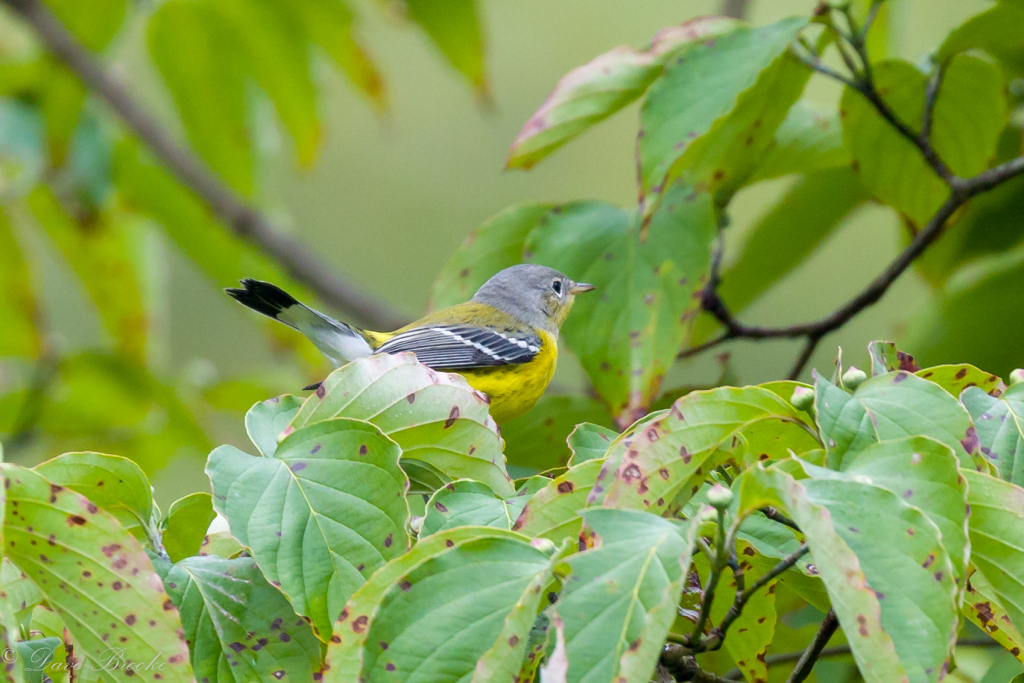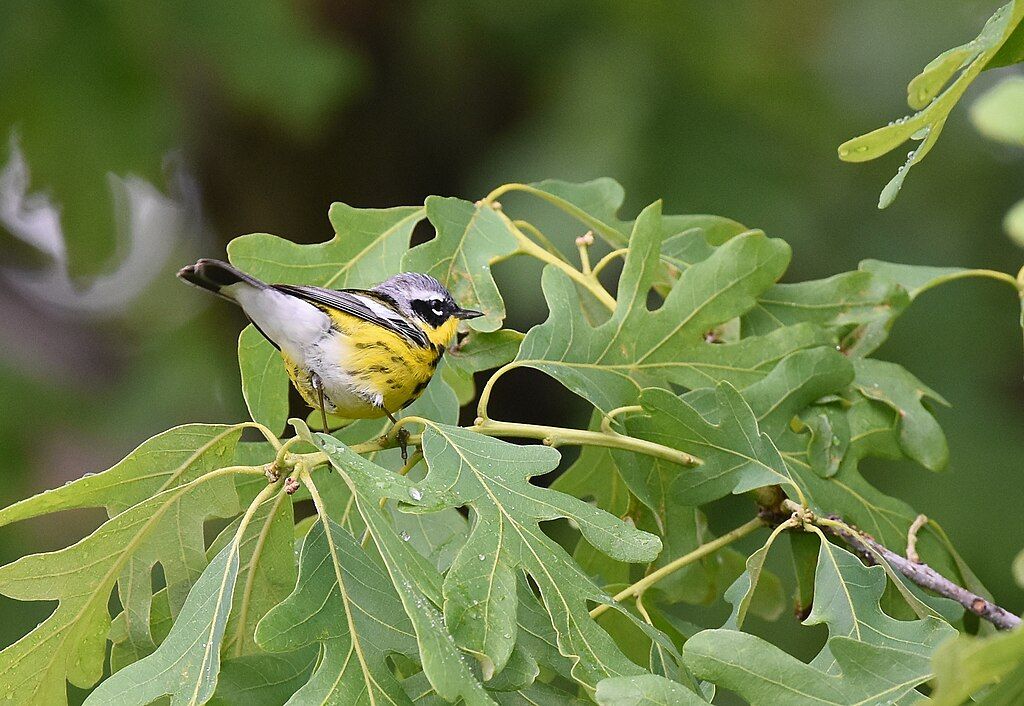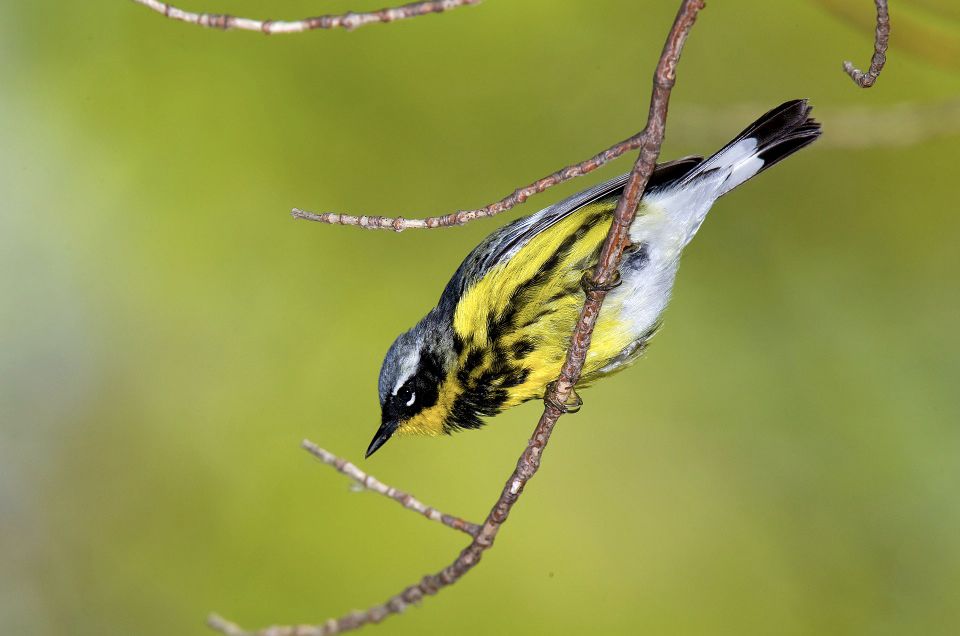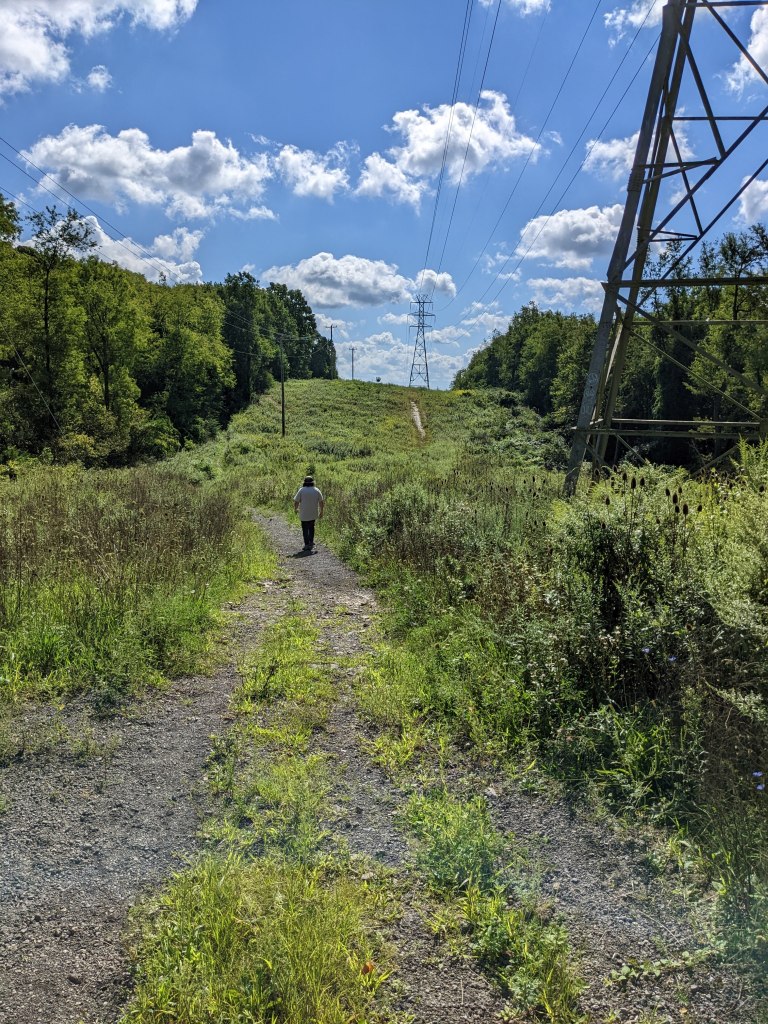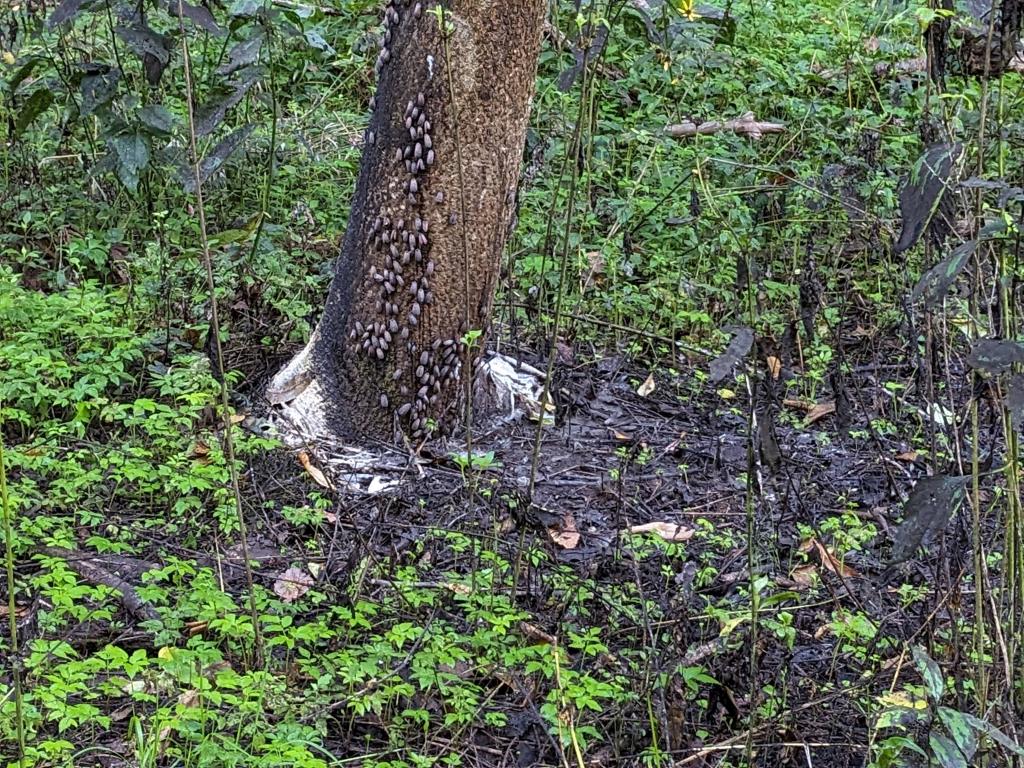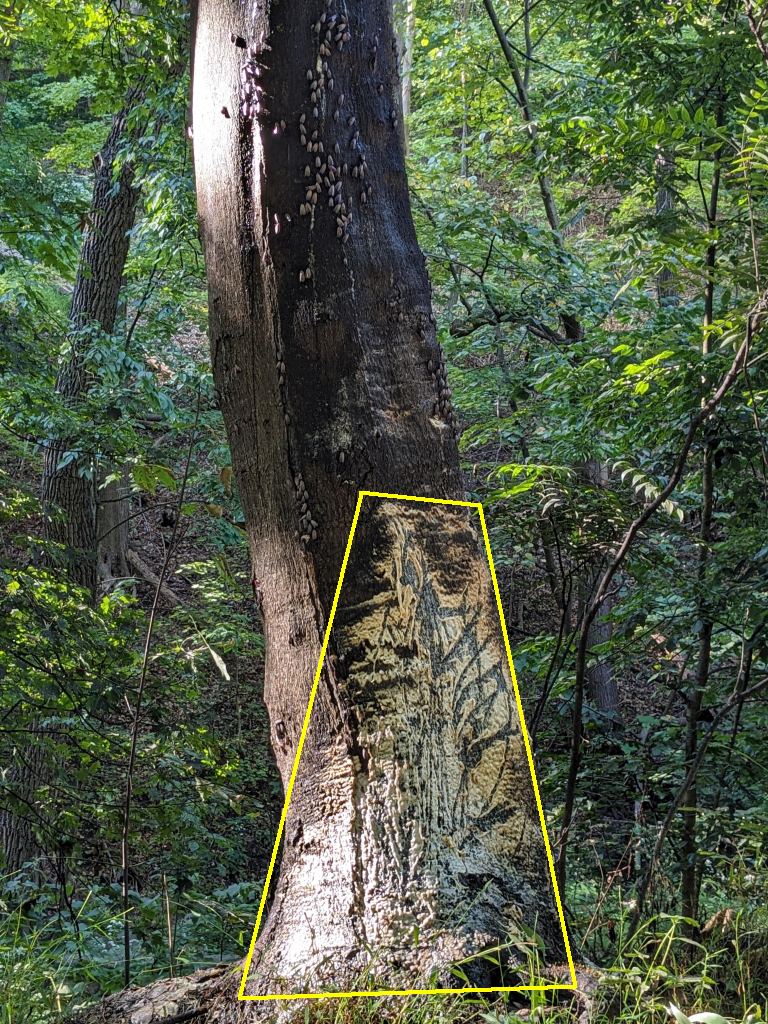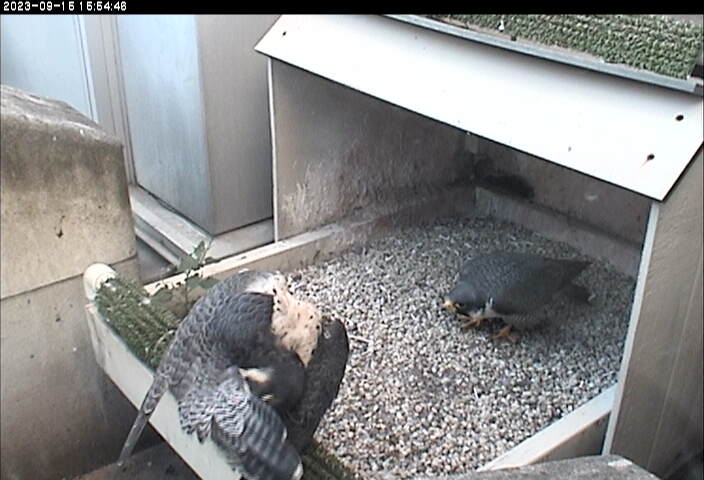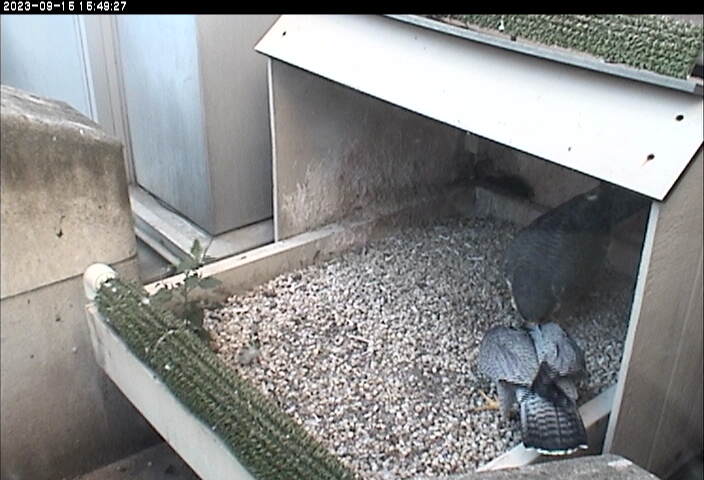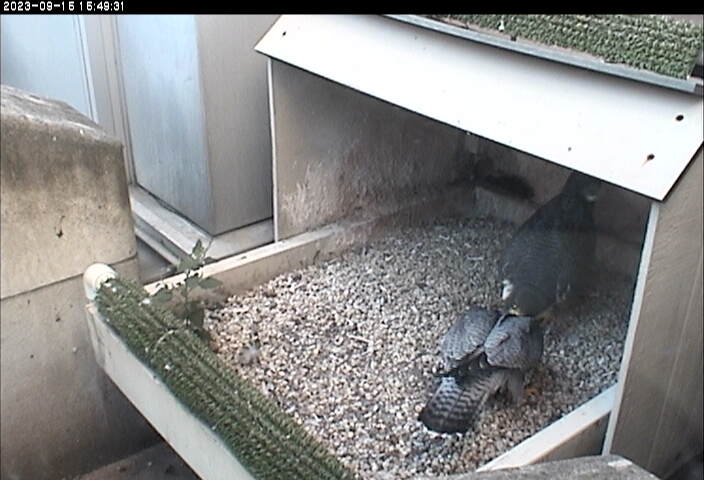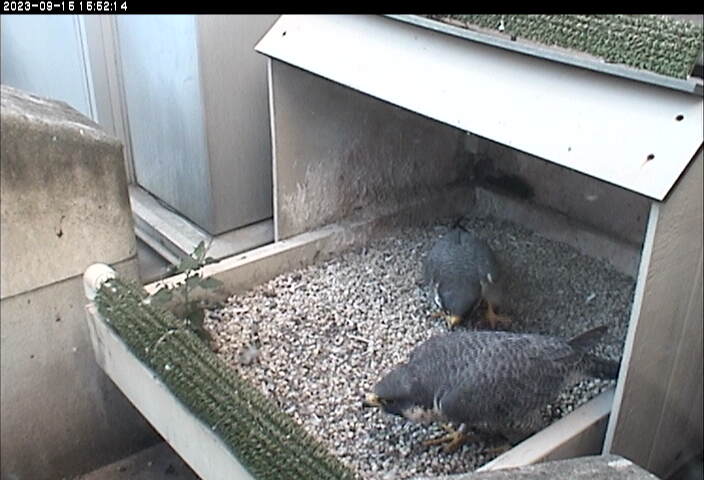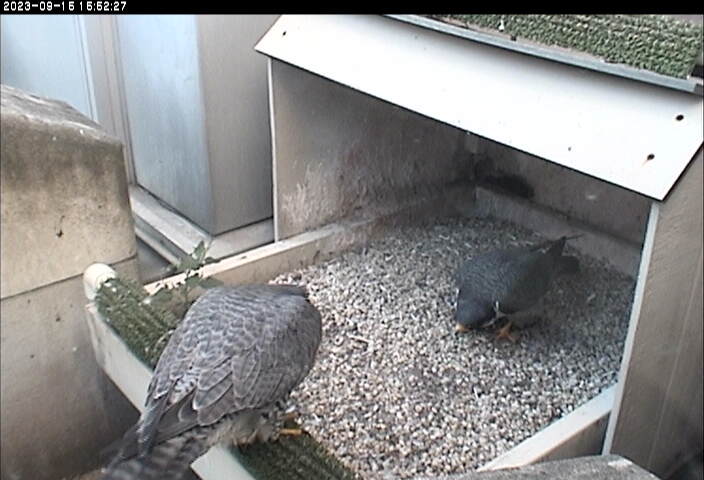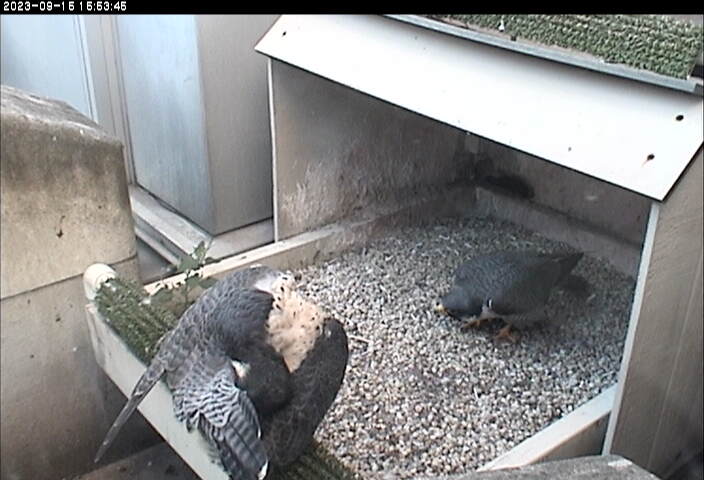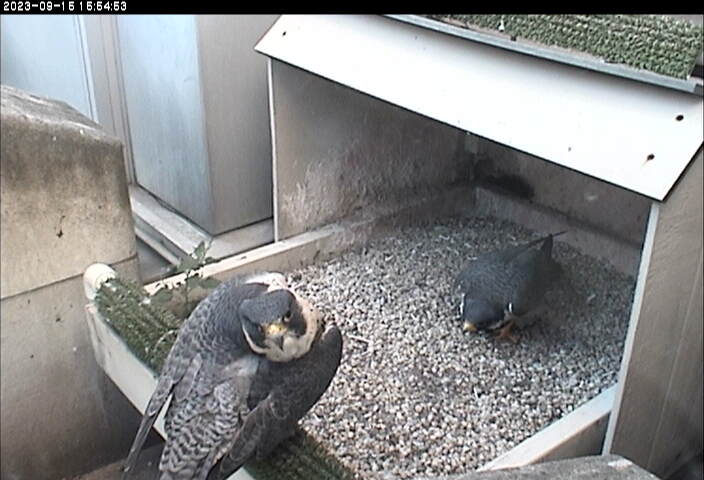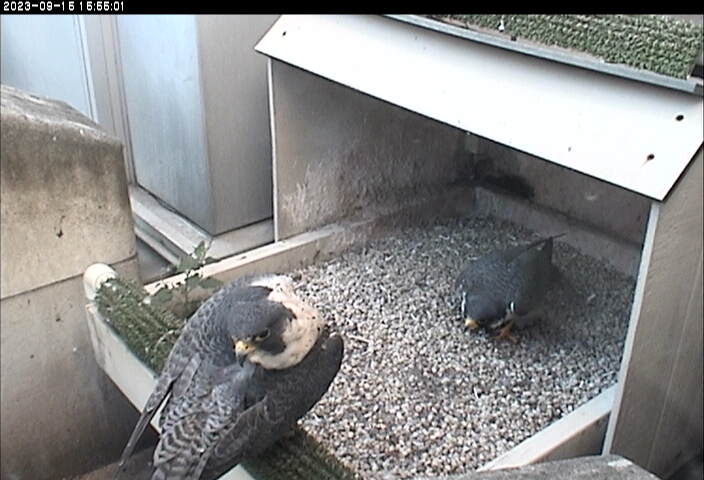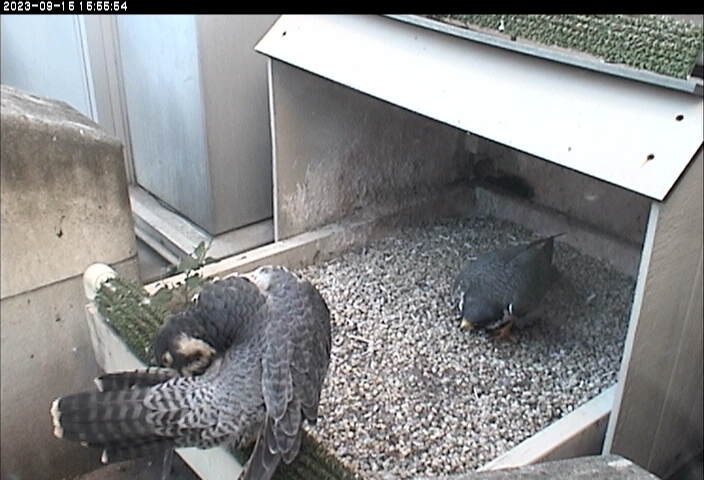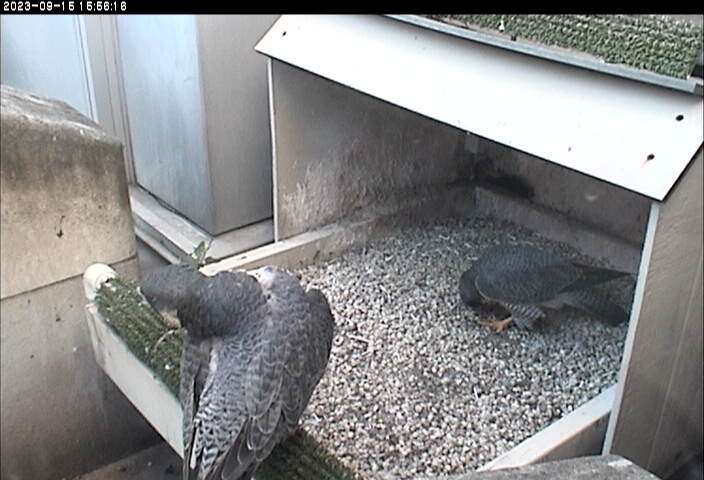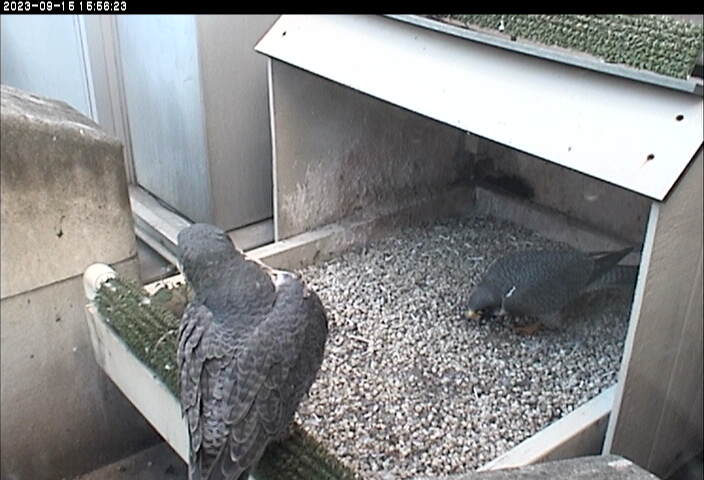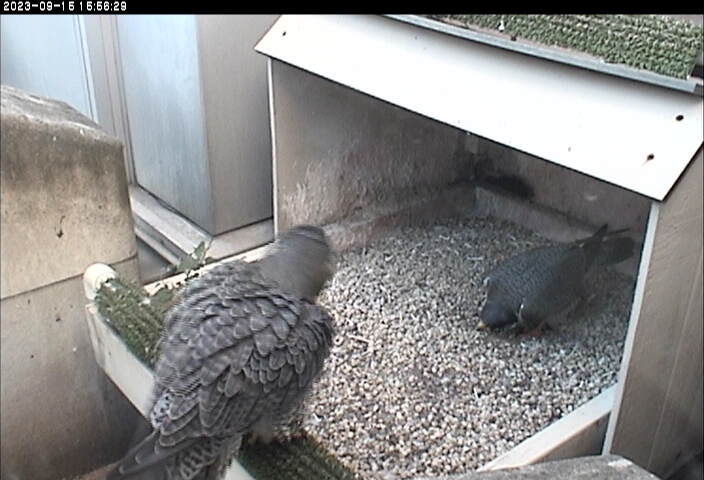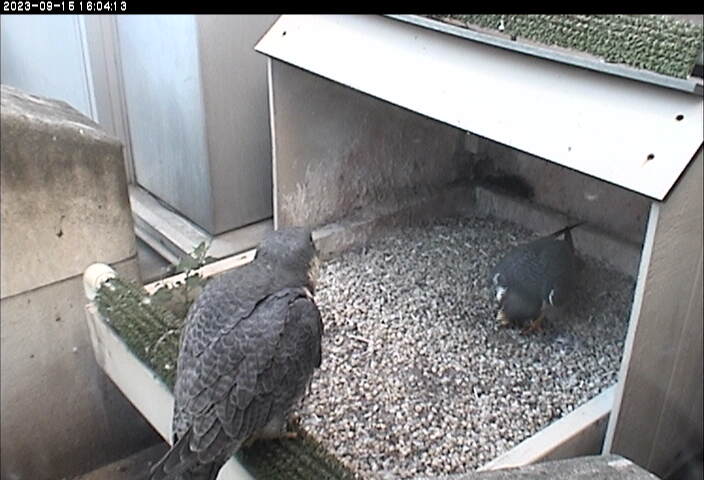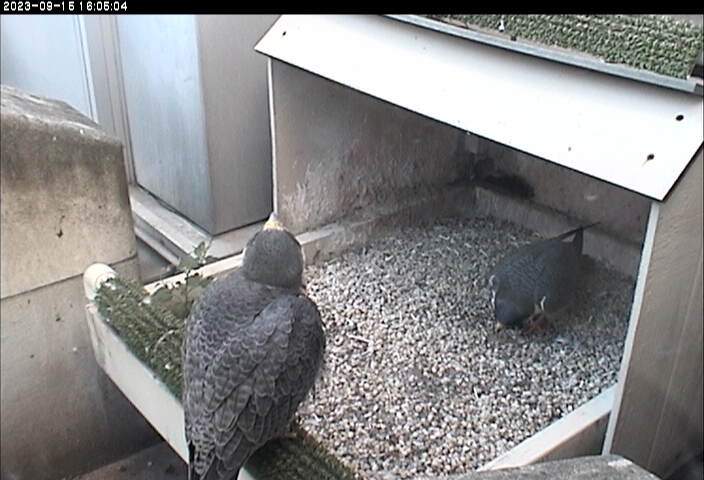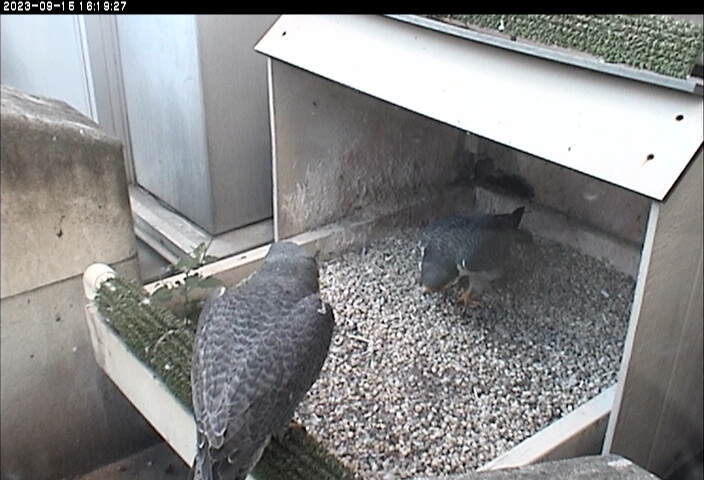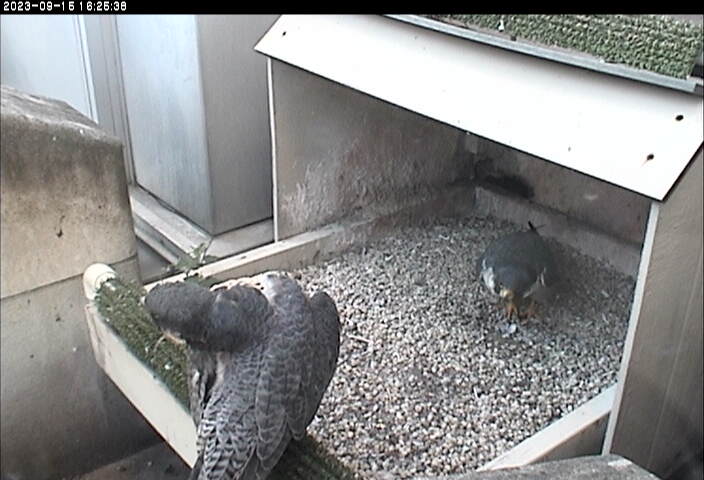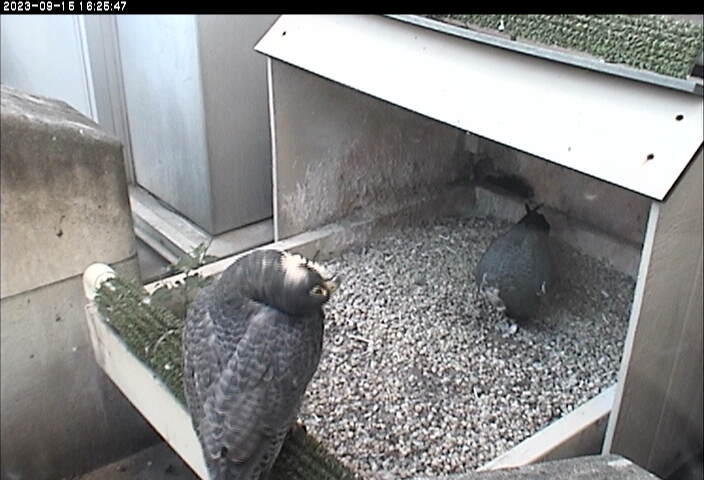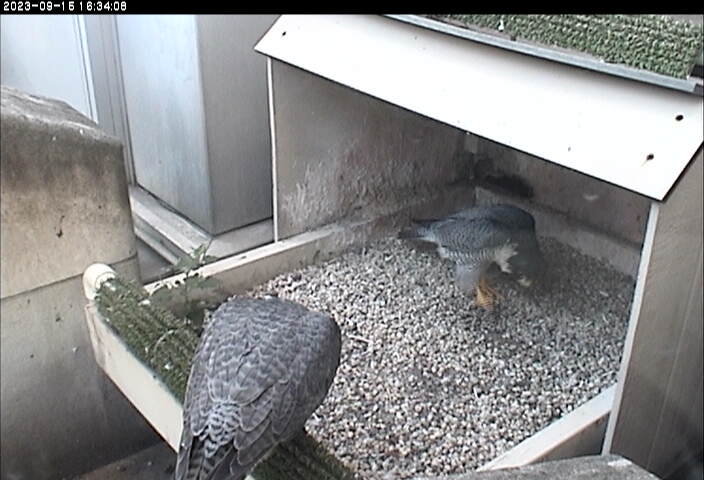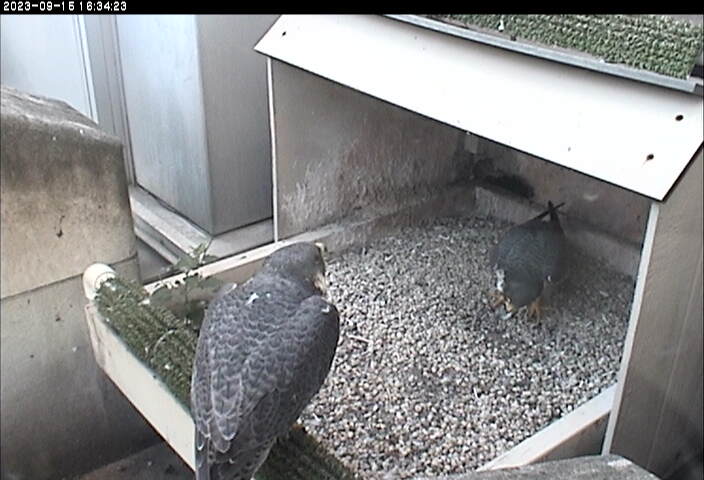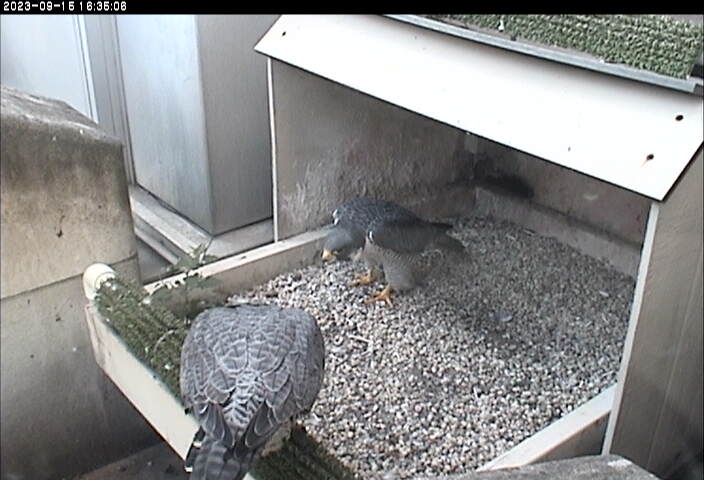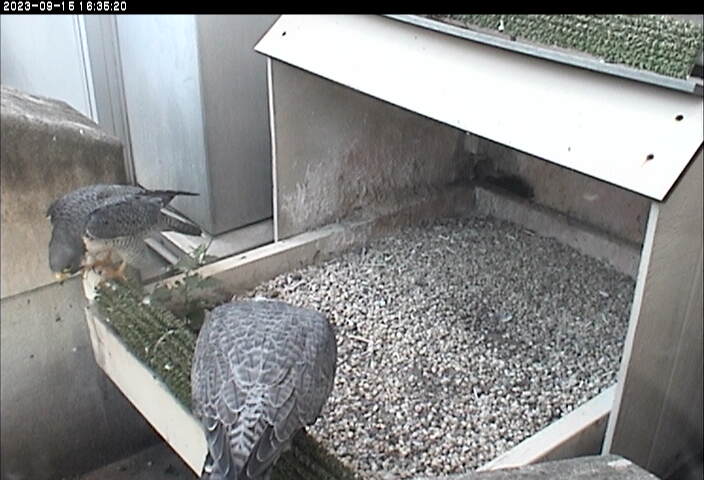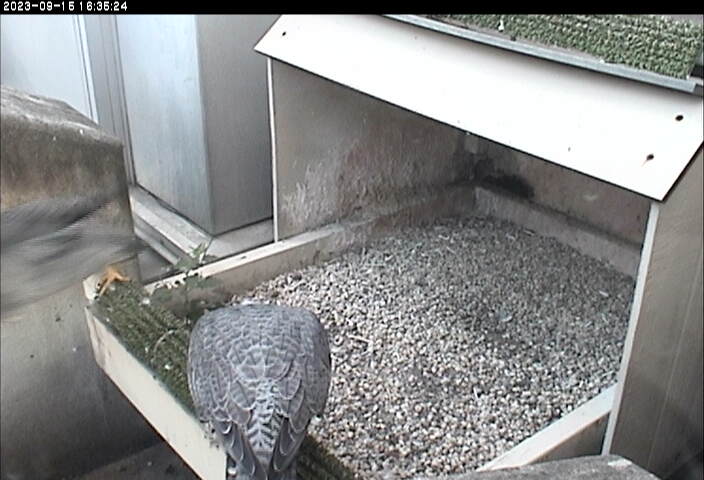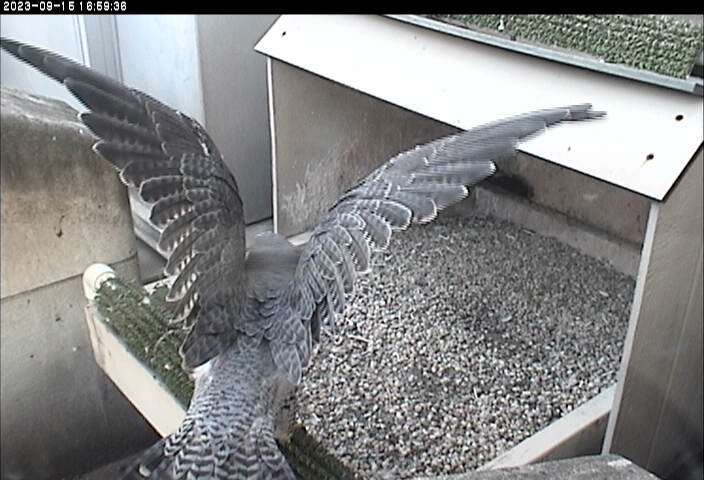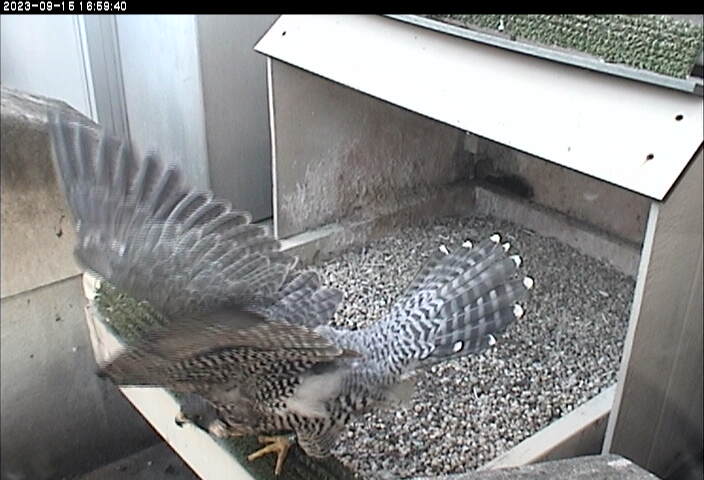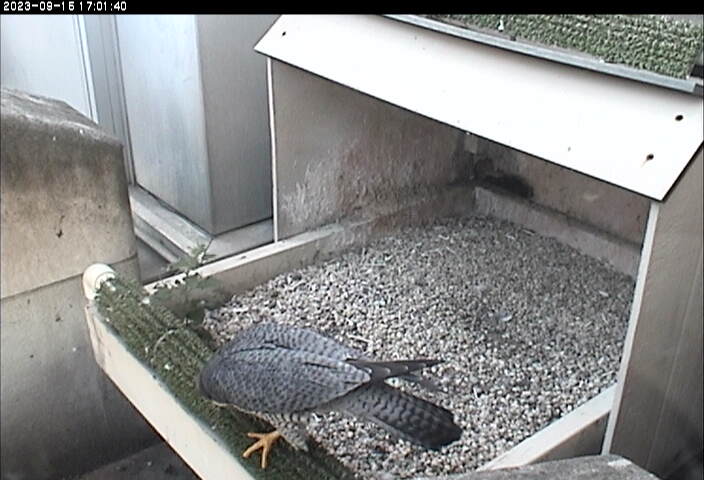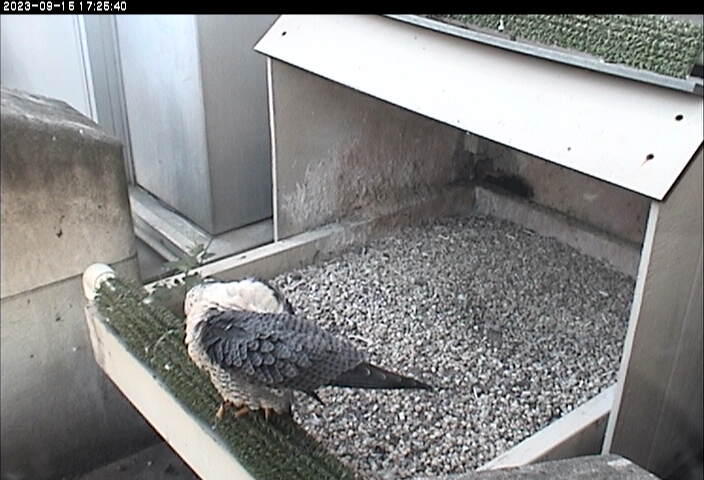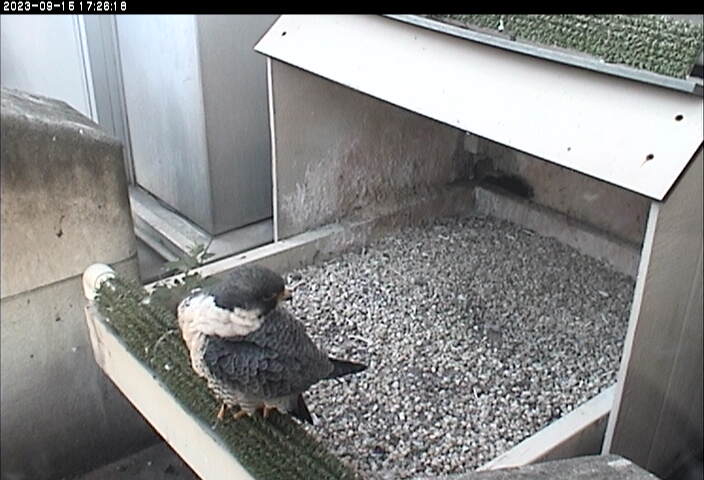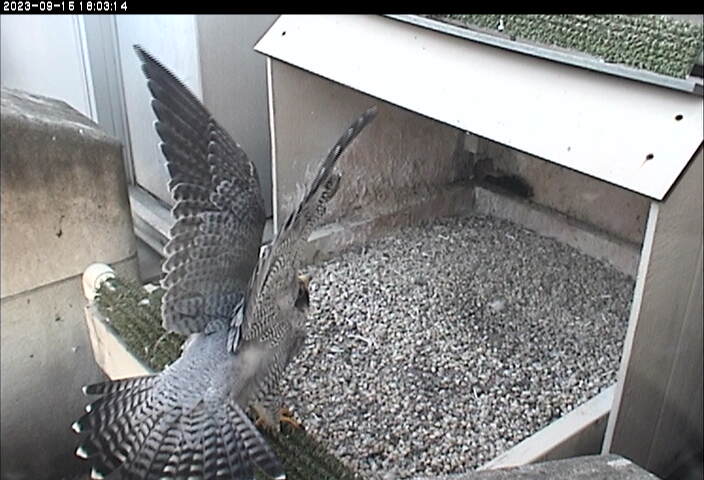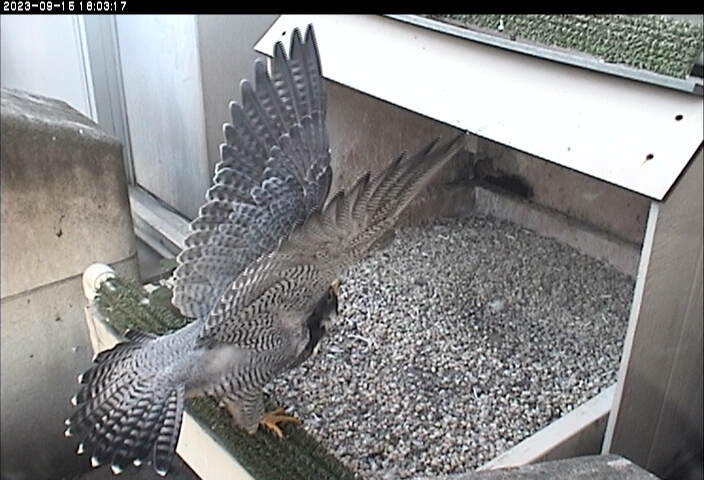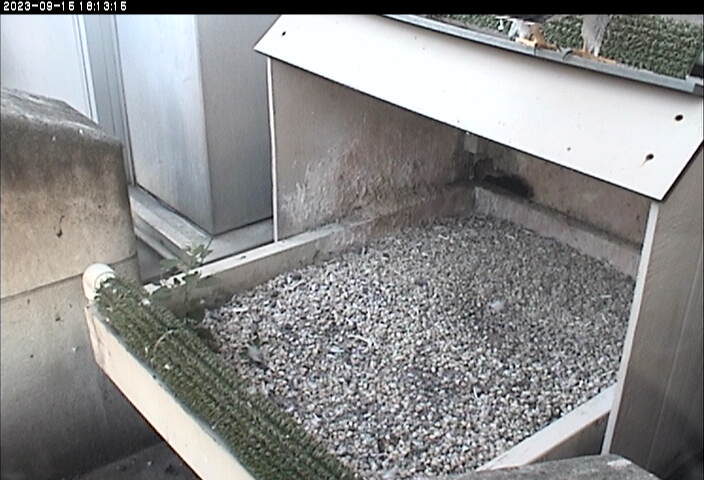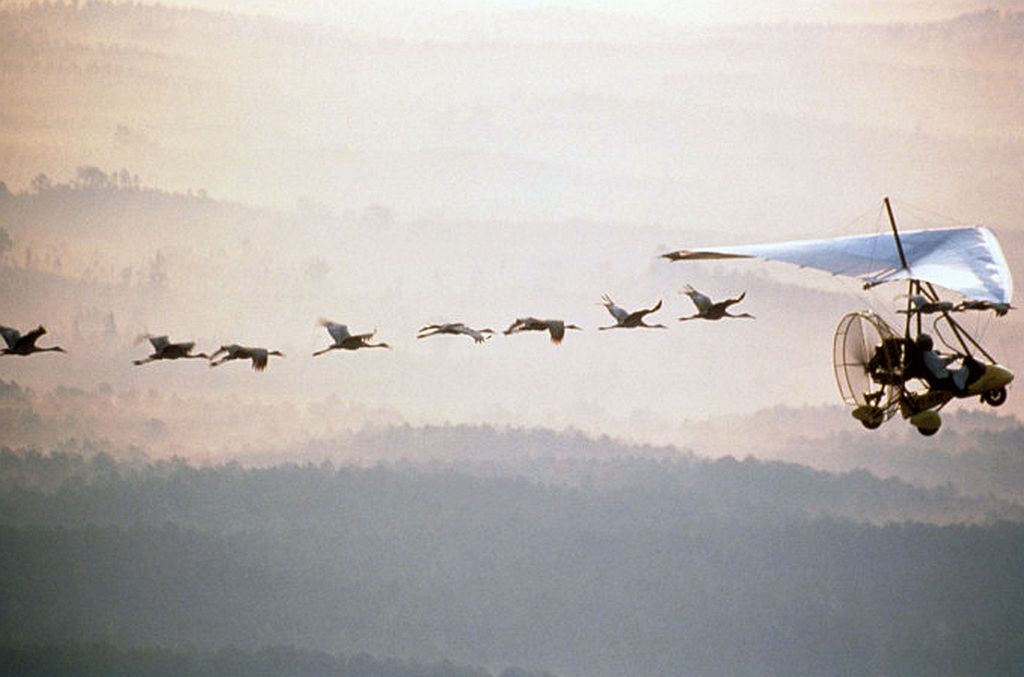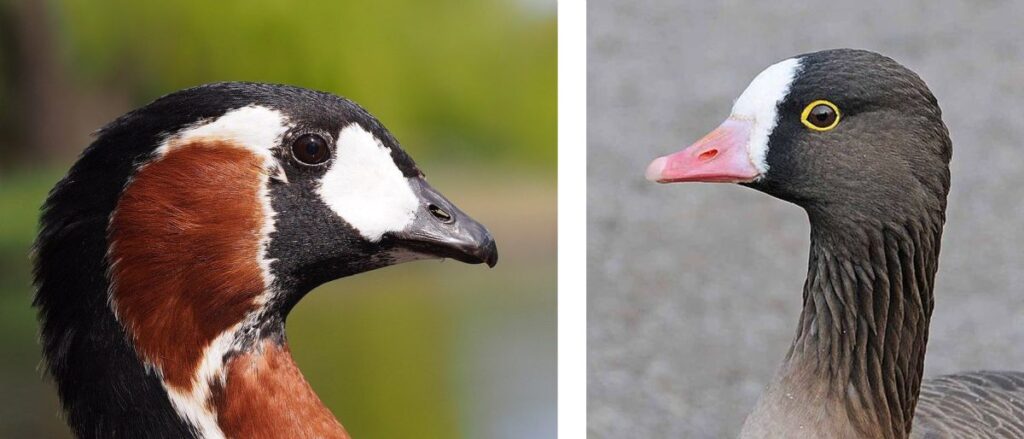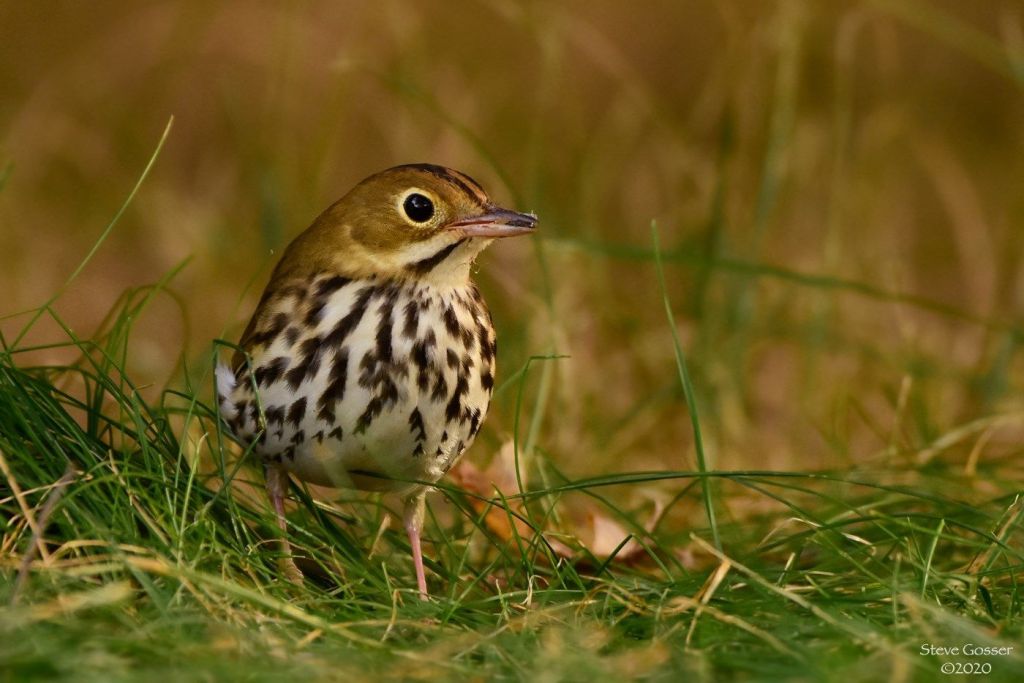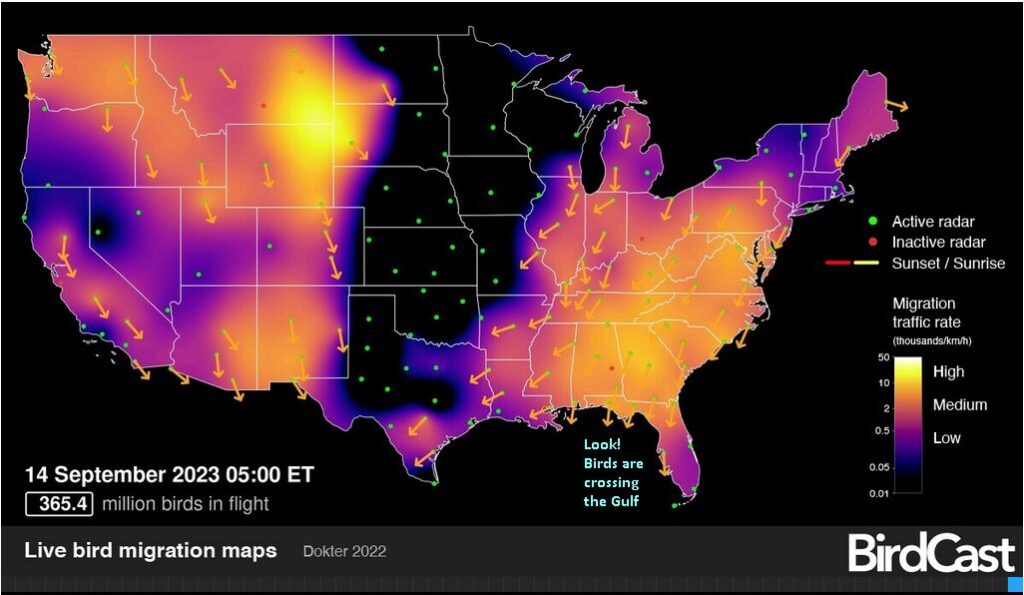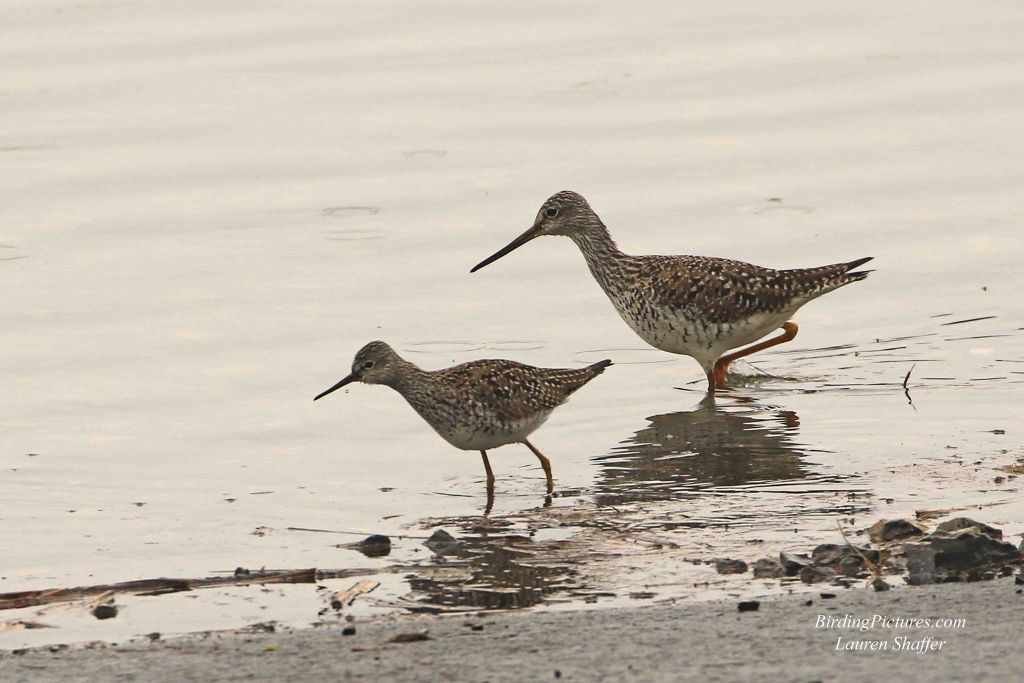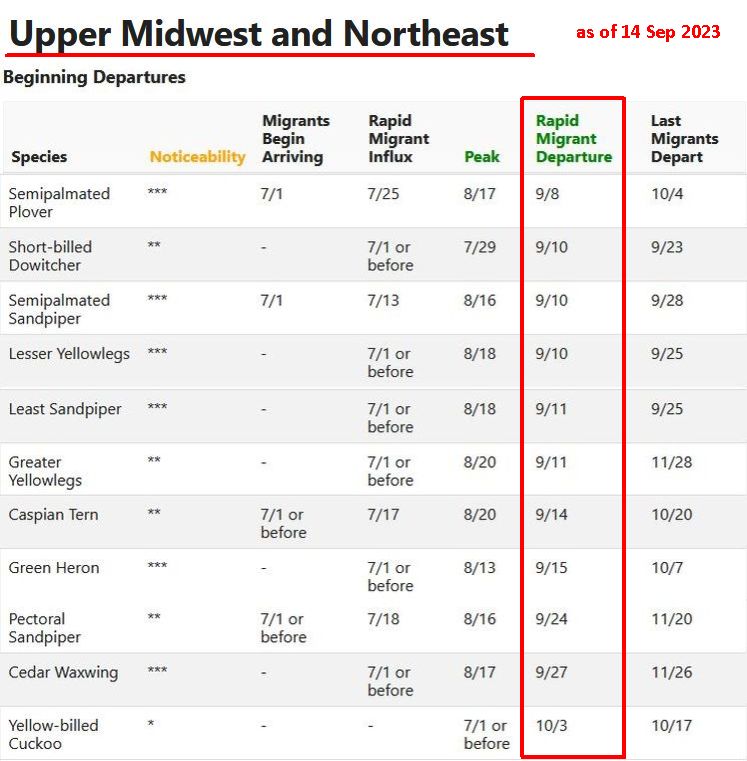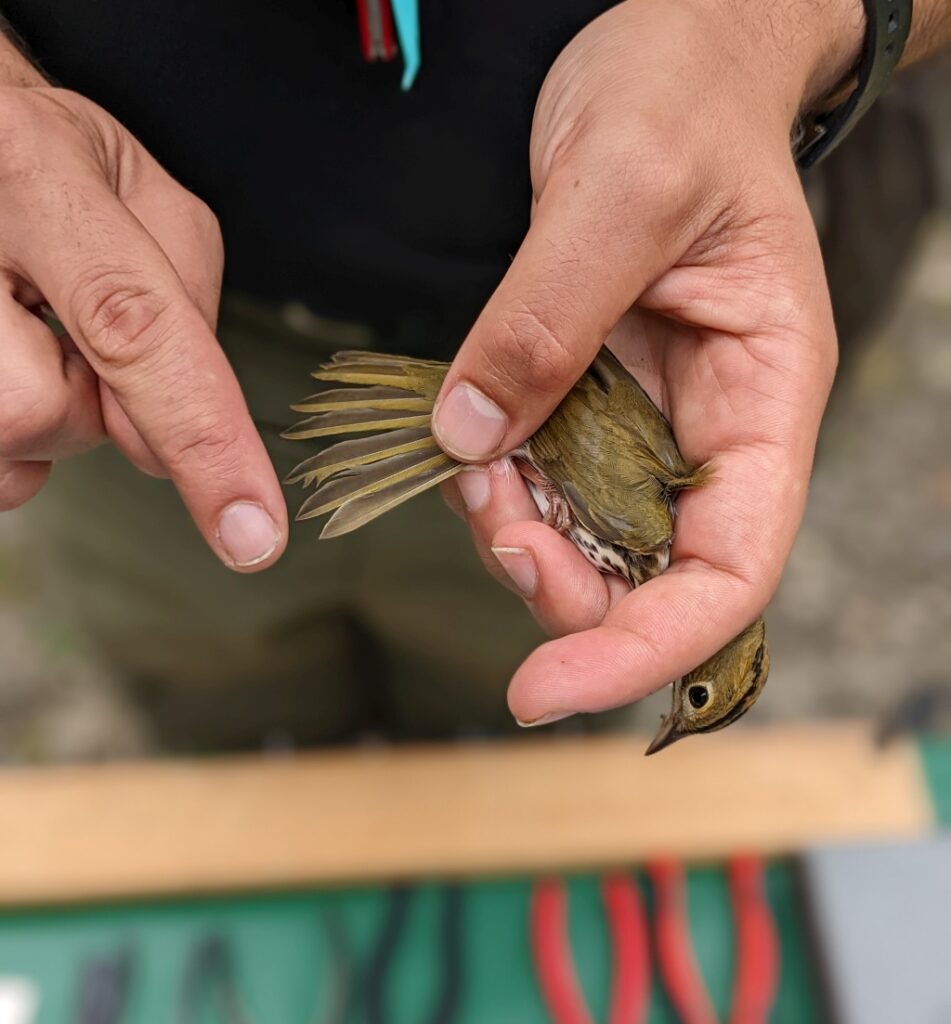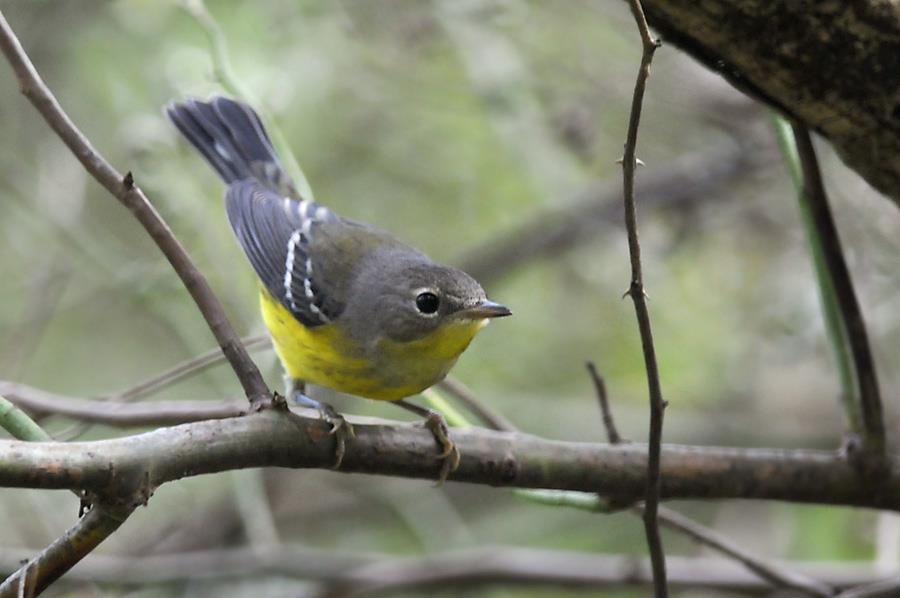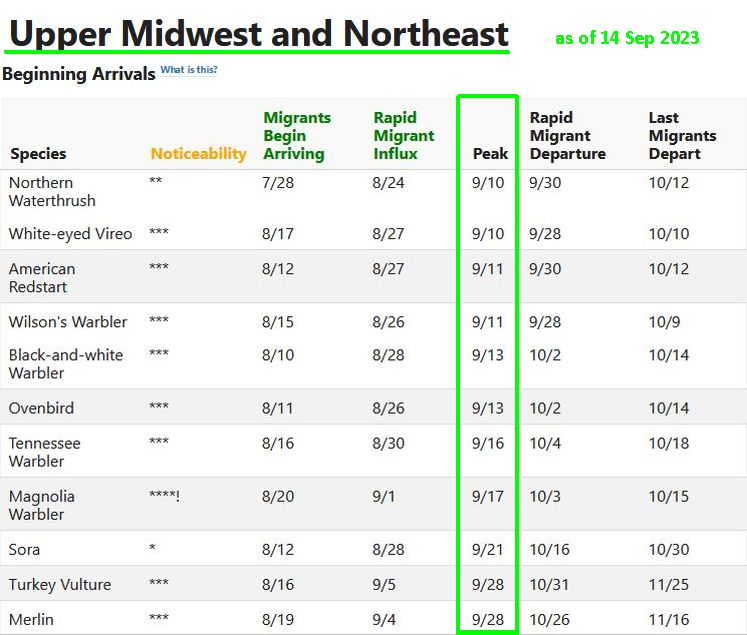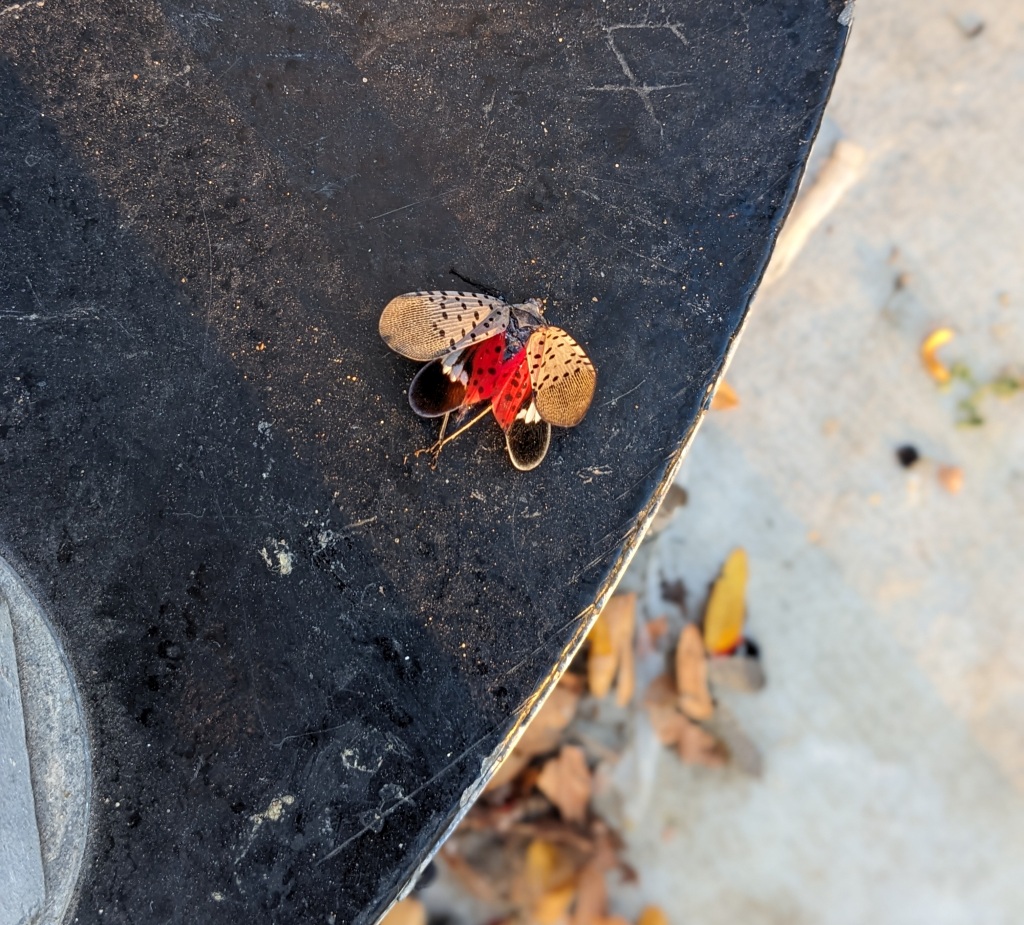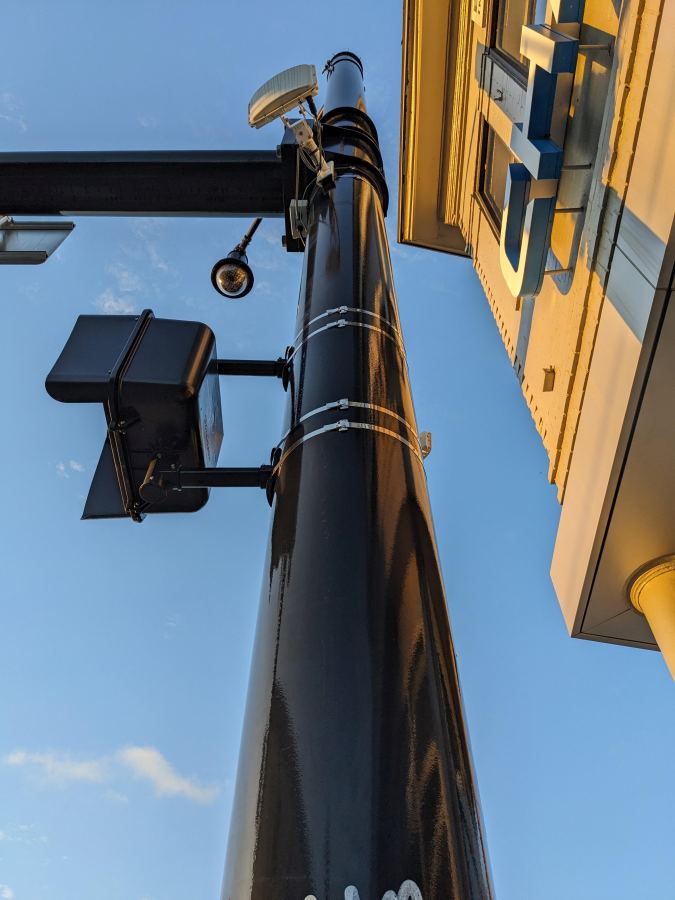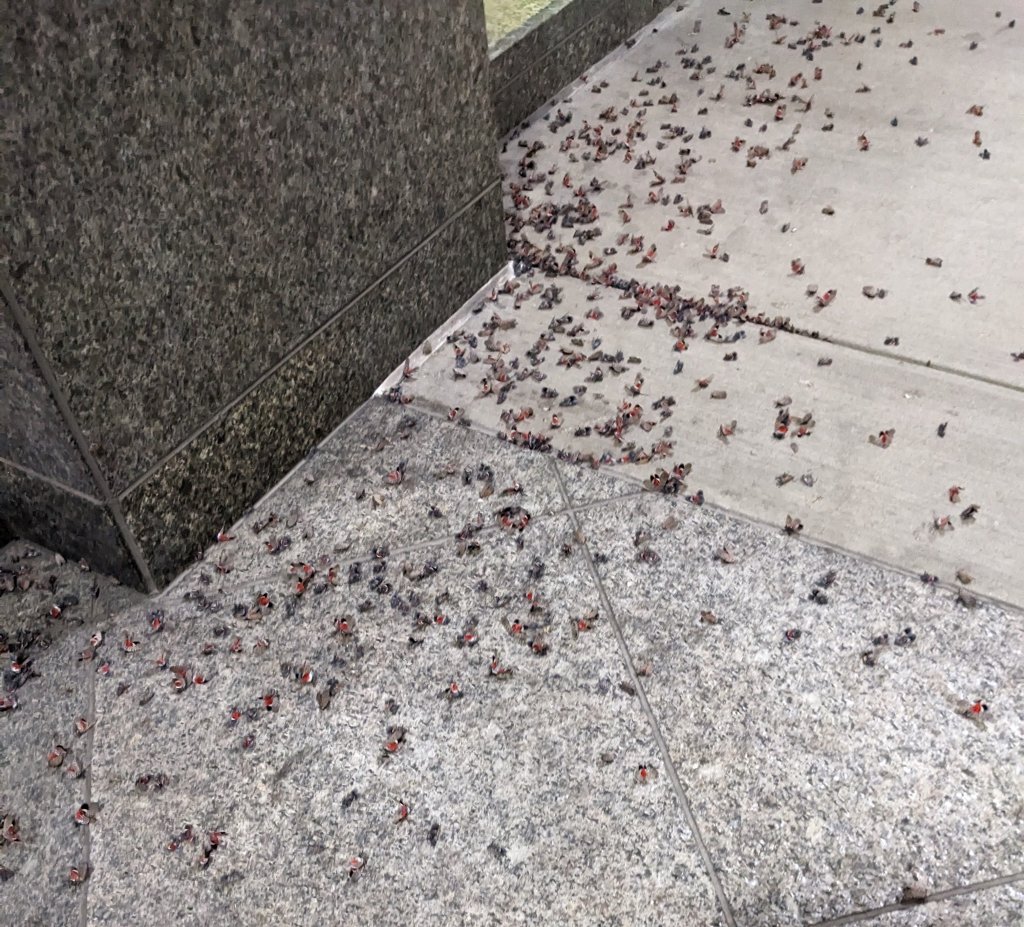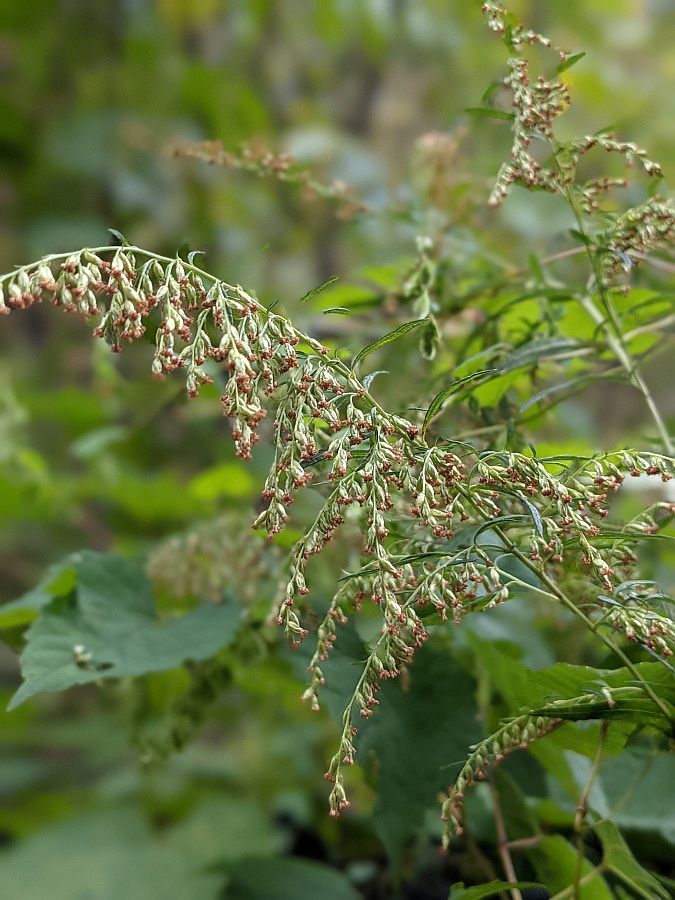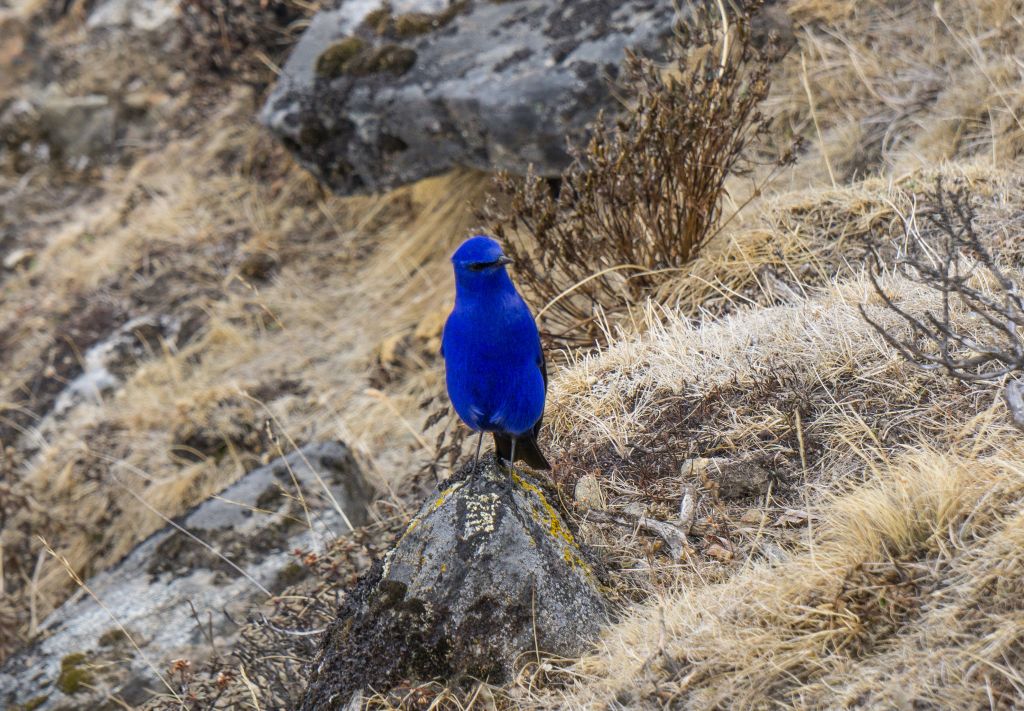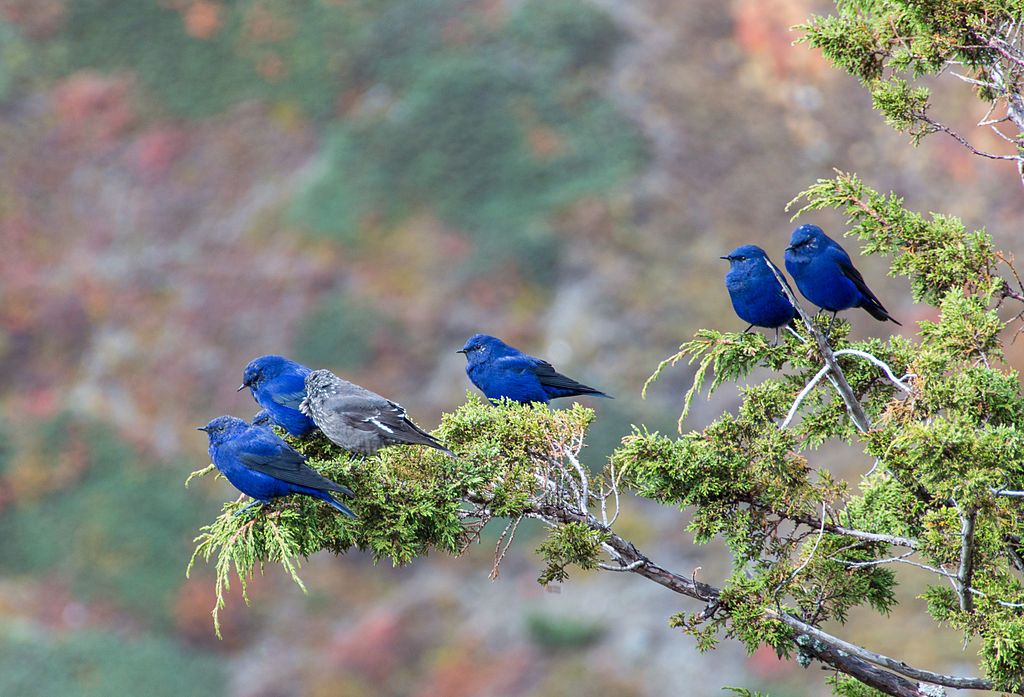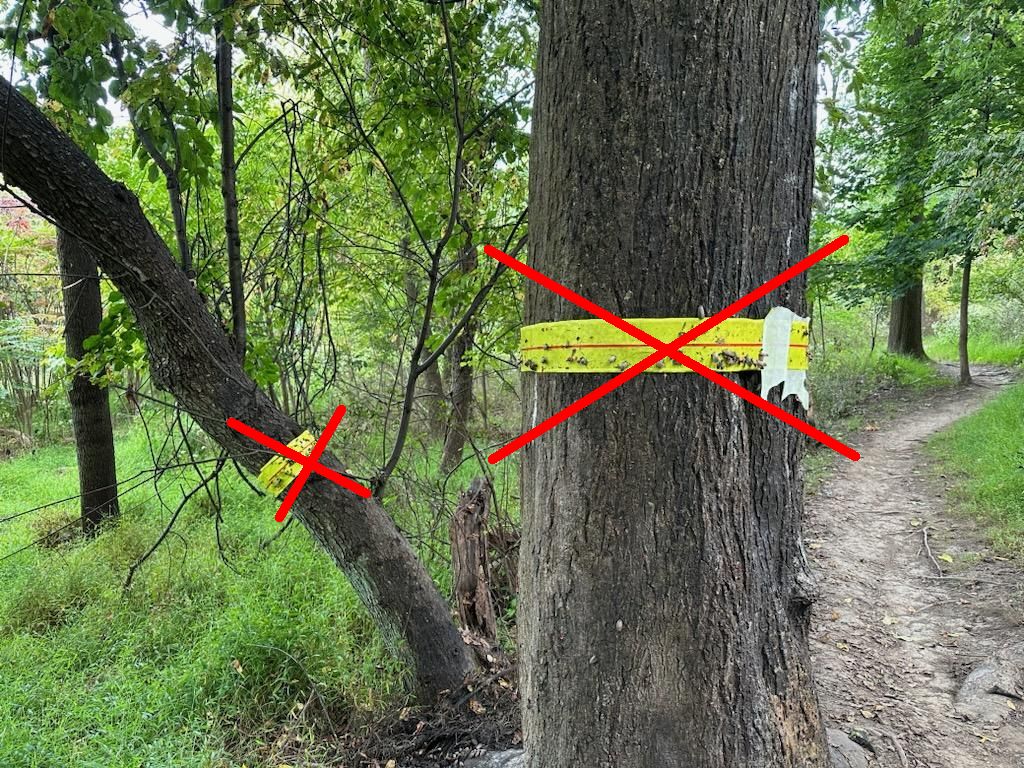
20 September 2023
Six years ago, when spotted lanternflies (Lycorma delicatula) were a new plague in North America, no one knew if they would destroy Pennsylvania’s forests but scientists assumed the worst and warned accordingly. However, they also conducted long term studies of spotted lanternflies’ effect on Pennsylvania trees and agriculture. For PA trees there is happy news: Spotted lanternflies are not a danger to Pennsylvania forests. There’s no need to protect our trees from lanternflies because they are not hurting them.
Penn State subjected four species of trees to four years of spotted lanternfly super-infestation by surrounding the trees with mesh nets that kept hordes of lanternflies inside. Silver maple, weeping willow, and river birch were barely phased by the bugs and did quite well in the third year of the study. The bugs’ host plant, the invasive tree of heaven (Ailanthus altissima), did not grow during the plague.

The study’s lead author, Kelli Hoover, concluded:
“If you have a vineyard and you have lanternflies on your grape vines, you should be very worried because they can kill grape vines,” Hoover said. “But if you’re a homeowner and you have large trees on your property and you have lanternflies on them, I don’t think you should worry about it.”
— WPSU: Spotted lanternflies not a danger to forests, according to Penn State study
When scientists learn new information, even if it contradicts an earlier statement, they change their advice to match the reality.
Six years ago they thought the trees were in trouble and needed protection. Now they’ve proven that spotted lanternflies don’t hurt our trees.
Six years ago they suggested sticky tape to protect trees but quickly learned it’s a terrible idea because it kills beneficial insects and birds and immediately changed their advice: Do NOT use Sticky Tape; use Circle Traps instead.
Yesterday an unknown visitor to Frick Park put sticky tape on some trees. Here’s what one section killed: 12 spotted lanternflies, 25+ pollinators (yellowjackets), 70 warbler-food insects (tiny flying insects). More beneficial insects died than lanternflies. Needless to say the tape has already been removed. (Click here to see how sticky tape kills birds!)
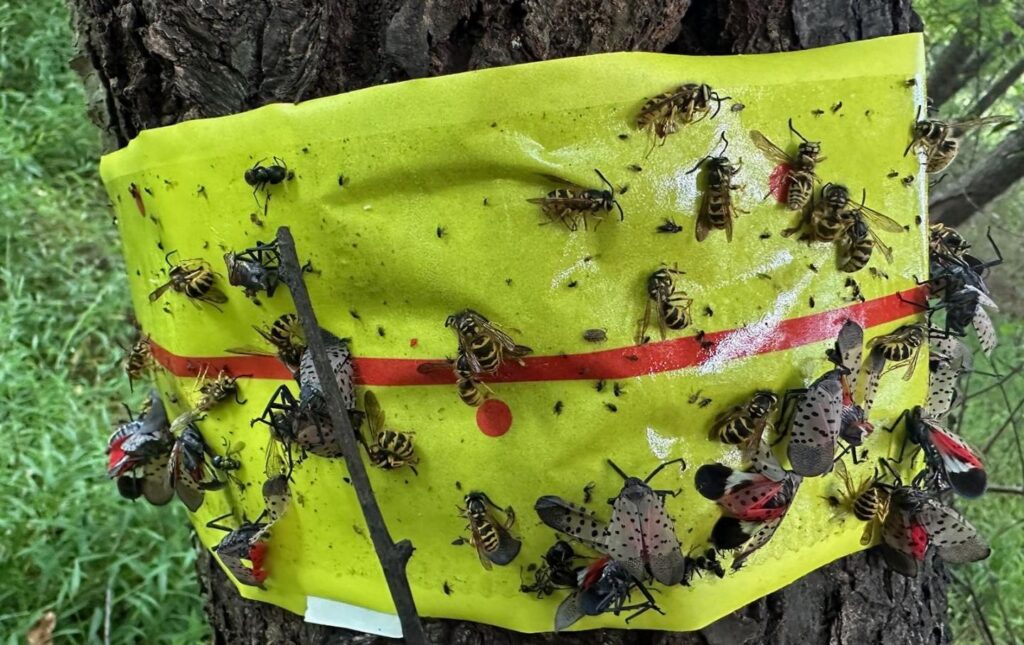
Sticky tape is bad and pointless. If you put it up, remove it.
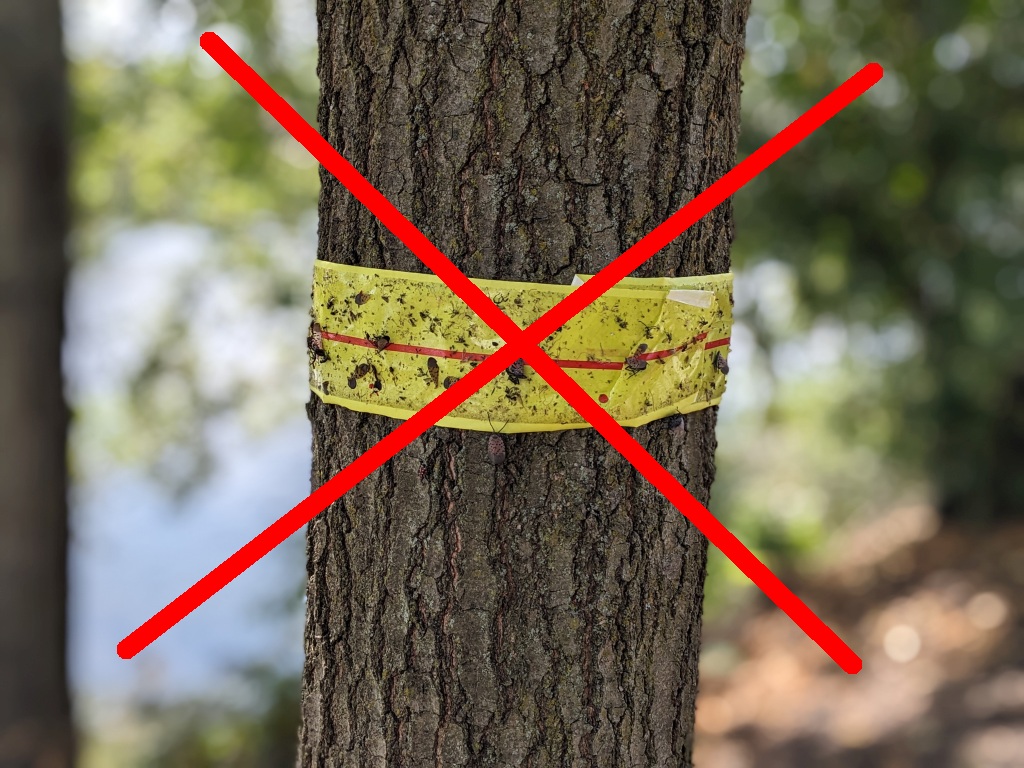
Learn more about the spotted lanternfly tree study at WPSU: Spotted lanternflies not a danger to forests, according to Penn State study
p.s. Are you still worried because you saw one or two bugs on a tree? Not a problem. In September spotted lanternflies climb any vertical object whether or not they intend to eat it: trees, utility poles, buildings. Here they are on the guy wire of a utility pole. Yes, they are creepy but they are not eating the utility pole.
(photos by Michelle Kienholz, Kate St. John and embedded from WPSU website)
